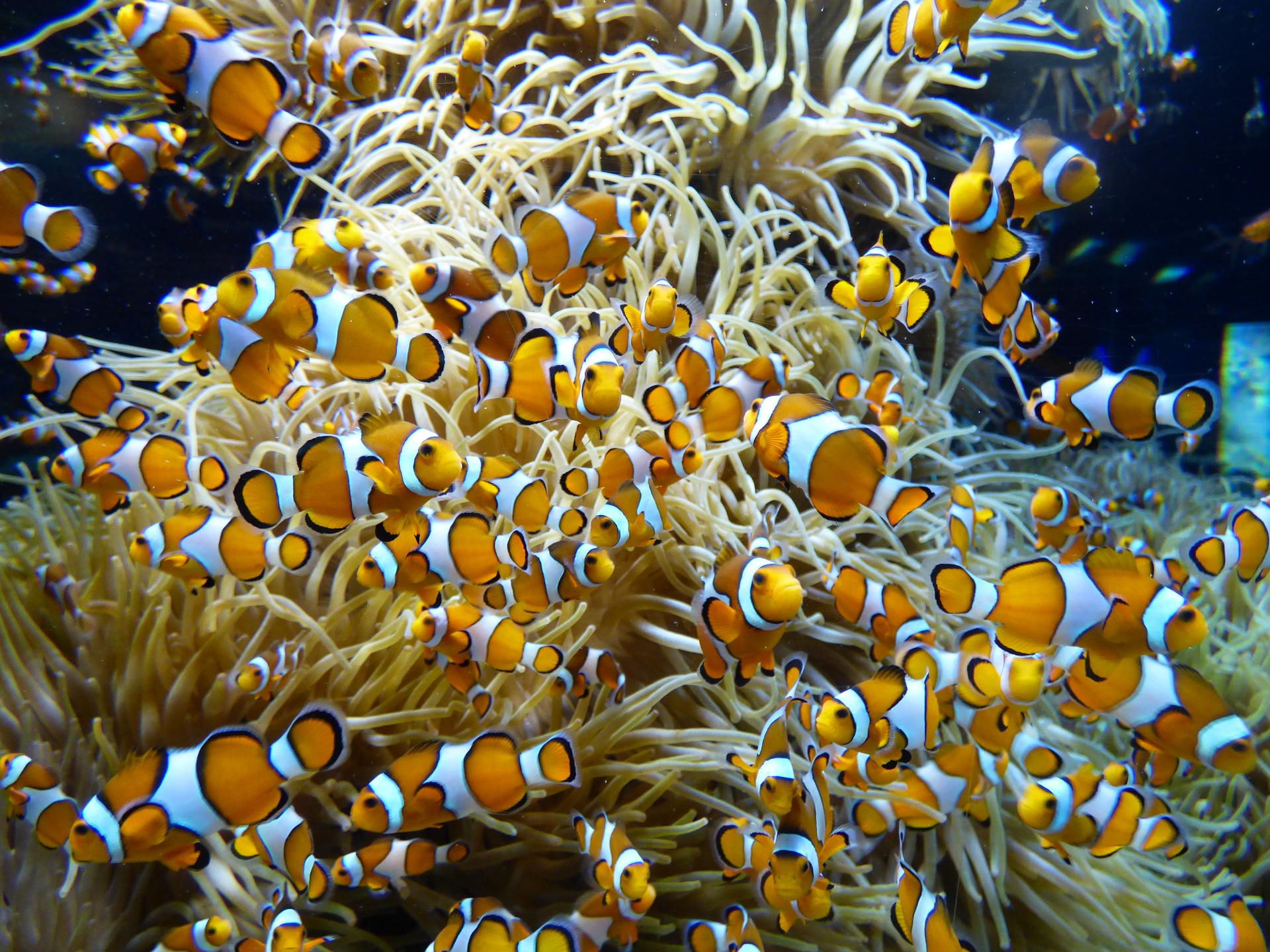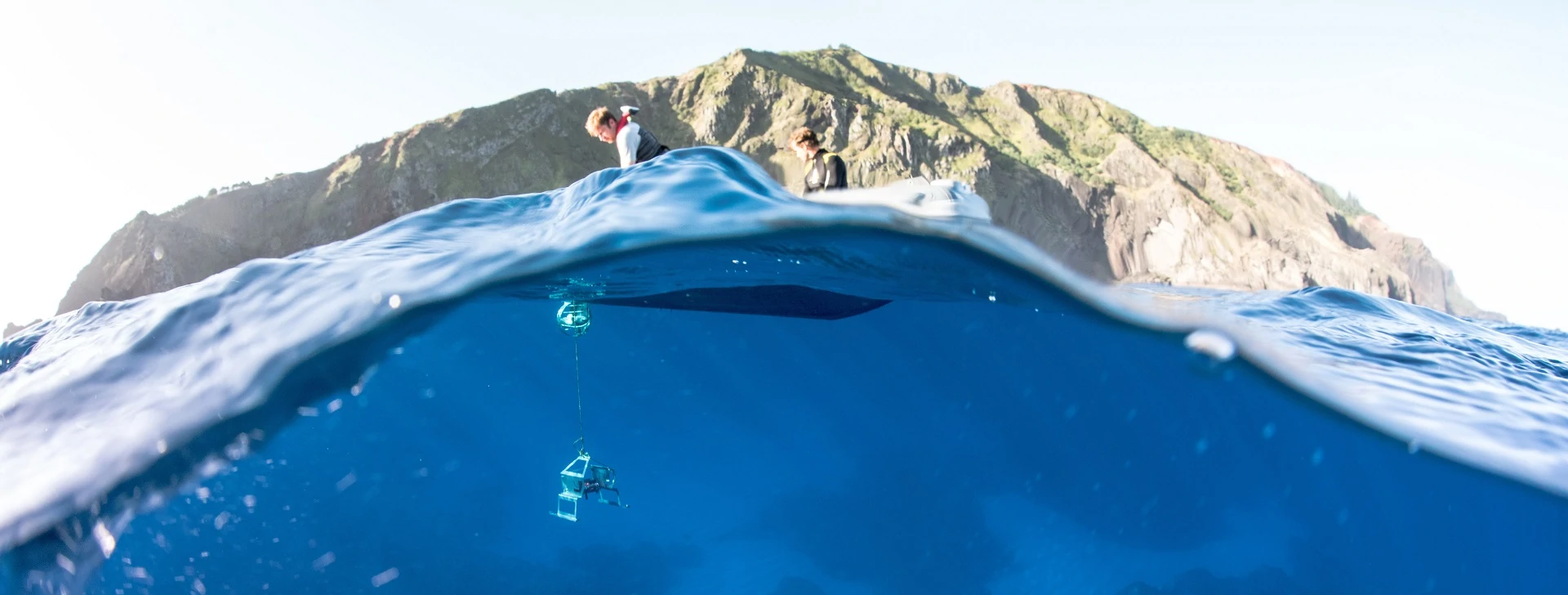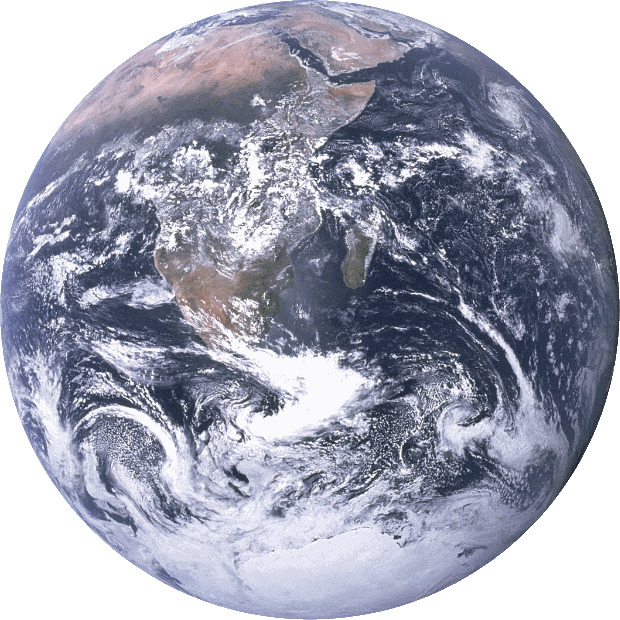DOI: 10.14466/CefasDataHub.158
Abundance of microlitter (including microplastics) in riverine samples (sediment, surface waters and biota) at selected locations across the Orange-Senqu River basin and associated land use data 2021
Description
Abundance data of microlitter (including microplastics) in riverine samples (sediment, surface waters and biota) were collected at selected locations across the Orange-Senqu River basin and associated land use in 2021.
The file entitled 'List microlitter biota' presents the abundance of microplastics in riverine biota at selected locations across the Orange-Senqu River basin. The file entitled 'List microlitter sediment' presents the abundance of microplastics in riverine sediments at selected locations across the Orange-Senqu River basin. The file entitled 'List microlitter surface waters' presents the abundance of microplastics in riverine surface waters at selected locations across the Orange-Senqu River basin. The file entitled 'LU' summarises the local watershed traits including population density, land use, rainfall and flows.
The riverine sediment samples were analysed using a LUMOS II Fourier transform infrared spectroscopy (FTIR) microscope with focal plane array (FPA) detector (Bruker, UK) at the Cefas microplastics laboratory. Dried sediments were digested using the dropwise addition of filtered (0.2 μm) H2O2 (30%). Following digestion, density separation used a 1.5 g.mL-1 solution of ZnCl2. Centrifugated supernatant was transferred to a previously cleaned filtration unit and filtered using a 25 mm diameter 0.2 μm porosity Whatman Anodisc (VWR, UK). Each filter was then carefully transferred to previously cleaned glass petri dish and transported to a drying cabinet for drying under 50 °C prior to analysis using a LUMOS II micro-FTIR with FPA detector (Bruker, UK). FTIR spectra were collected using FPA detector in transmission mode using a single scan in the range 4000-1300 cm-1 at a resolution of 8 cm-1 using a 4x4 binning (limit of detection [LOD] ~20 μm). Spectra were converted using a macro in Bruker OPUS (version 8.5) and particle identification was carried out using the siMPle software developed by Aalborg University (Denmark). The riverine water samples were vacuum filtered and stained with Nile Red solution for 30 minutes. Visual examination of filters under a Leica MZ10F with GXCAM-U3PRO-20 camera attachment microscope using both blue and white light was conducted. A subset of suspected microlitter was identified for confirmation and polymer identification using a LUMOS II micro-FTIR. The riverine biota samples were chemically digested using a 30% KOH:NaClO v:v solution. Beakers were sonicated for 5 minutes (VWR ultrasonic cleaner, T2020SX26782) and placed in an incubator shaker (VWR incubating mini shaker, 980151UK) at 40 °C, 50 rpm for three days. On the fourth day, 40 mL of degreaser (Elbow Grease all-purpose degreaser) was added to each beaker and incubated for a further 24 hours. Following digestion, filtration, visual examination, and FTIR analysis of digested fish was completed in the same manner as surface water samples. Each item was imaged in GXCapture-T software (version x64, 4.10.16968.20200415). The second file (LU) containing the most recent land cover data (updated in 2020) for South Africa were extracted from the Department of Forestry, Fisheries, and the Environment (DFFE) open source South African National Land Cover database (https://egis.environment.gov.za/sanationallandcoverdatasets). The database has 73 land cover classes which were reclassified using the ‘reclass’ tool in ArcGIS into six land use types: agriculture, industrial, natural and plantation, semi-urban, urban, and waterbody
Contributors
Graham, M. / Pattinson, N. B. / Bakir, A. / McGoran, A. R. / Nel, H.
Subject
Fish / Freshwater ecosystem / Freshwater monitoring / Freshwater pollution / Human impacts / Laboratory experiment / Marine litter / Micro-litter in sediments
Start Date
04/10/2021
End Date
15/10/2021
Year Published
2024
Version
1
Citation
Graham et al. (2024). Abundance of microlitter (including microplastics) in riverine samples (sediment, surface waters and biota) at selected locations across the Orange-Senqu River basin and associated land use data 2021. Cefas, UK. V1. doi: https://doi.org/10.14466/CefasDataHub.158
Rights List
DOI
10.14466/CefasDataHub.158


